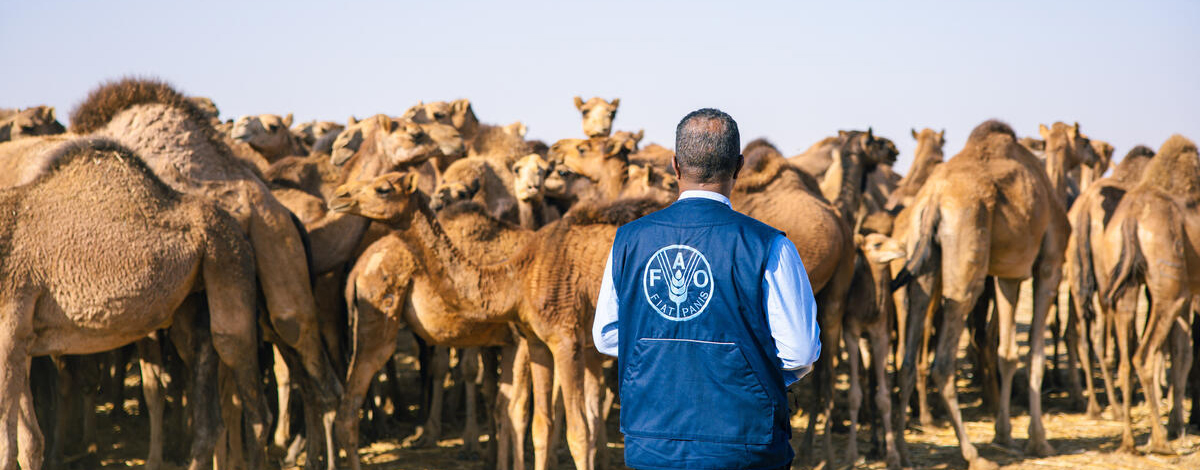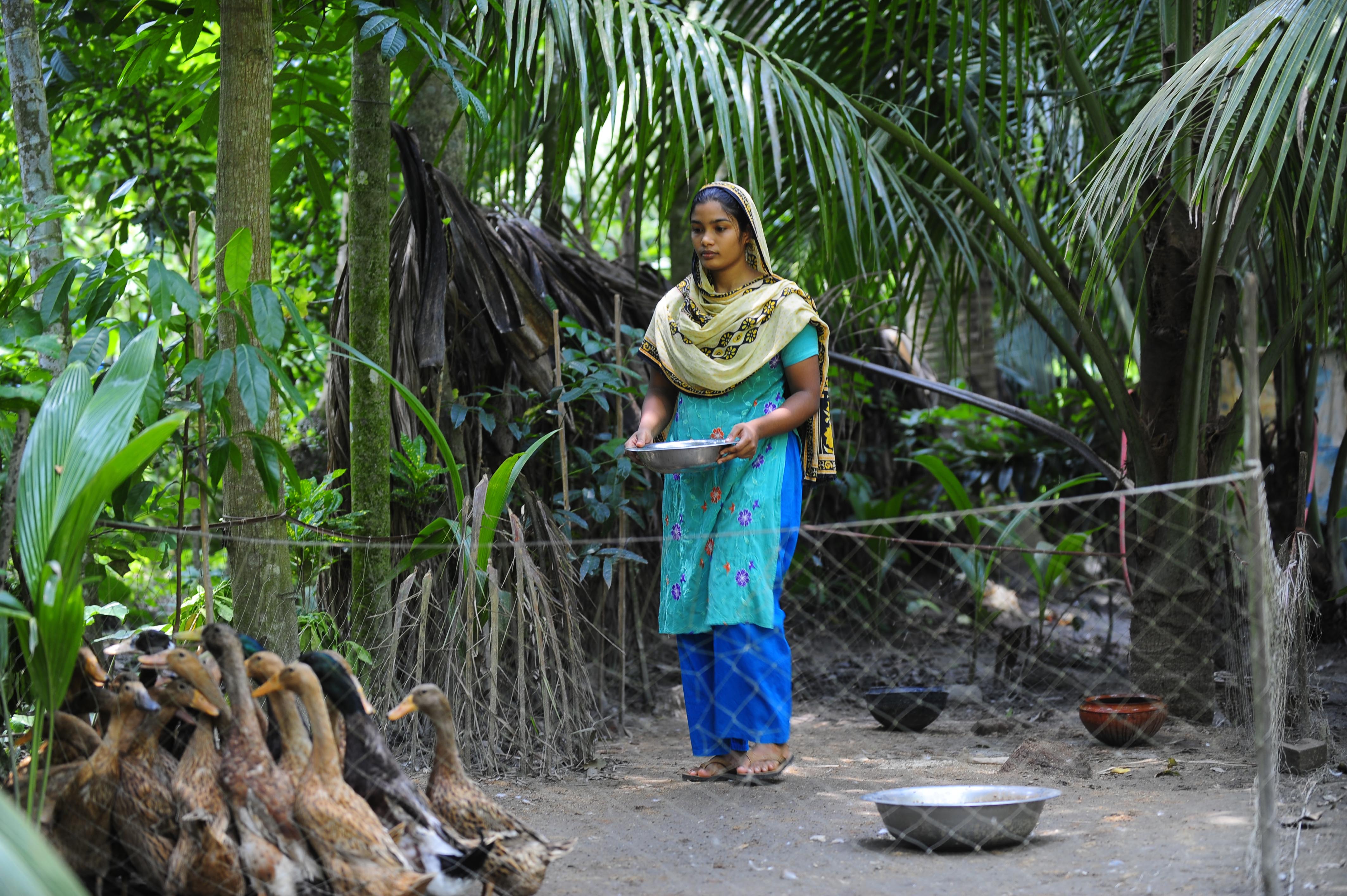
The WHO Pandemic Agreement: A landmark for One Health
On 20 May 2025, the World Health Assembly adopted a Resolution endorsing the draft WHO Pandemic Agreement - the second such agreement adopted under the WHO Constitution. This groundbreaking accord marks a landmark moment in international health law by explicitly recognizing the One Health approach as critical to pandemic prevention, preparedness, and response (PPR). One Health is a scientifically grounded, multidisciplinary approach that acknowledges the deep interdependence between human, animal, plant, and ecosystem health.
From the outset of the negotiations, One Health was a central pillar. The December 2021 World Health Assembly decision that established the Intergovernmental Negotiating Body (INB) referenced One Health 44 times. Over the course of 13 INB sessions and numerous technical briefings and side events, One Health remained a consistent and often debated theme. While there was widespread endorsement of prevention as a guiding objective, discussions on operationalizing One Health reflected concerns over surveillance implications and legal enforceability – highlighting the novelty and transformative nature of this inclusion.
One Health in the Pandemics Agreement
The Agreement enshrines One Health as a critical tool for effective pandemic preparedness and response. Article 1(b) includes a definition of One Health for pandemic PPR which aligns with the recognized definition of the One Health High-Level Expert Panel (OHHLEP), an advisory body to the Quadripartite. One Health's significance is further reinforced by Article 5, which establishes flexible commitments encouraging States to address the drivers of pandemics through consideration of the human-animal-plant-environment interface, within their respective legal and practical capacities. This provision sets objectives that can be implemented flexibly, serving as a guiding principle rather than rigid rules.
Article 4 requires Parties – subject to national legislation and resources—to establish multisectoral pandemic plans addressing disease drivers at the human-animal-environment interface. These must include early detection of high-risk pathogens – including zoonotic and environmental pathogens – monitoring of ecosystem determinants of disease, and prudent cross-sectoral stewardship of medicines. This legal architecture signals a clear shift: from reactive crisis management to preventive, upstream governance of health risks, demanding sustained collaboration among human health, animal health, agricultural and environmental sectors – supported by the technical leadership of multilateral organizations.
FAO’s role in the drafting process
FAO actively contributed to the development of the Pandemic PPR Agreement, advocating for One Health as a foundational element throughout the drafting process. Working with the Quadripartite collaboration – comprising FAO, UNEP, WHO and WOAH – FAO issued a series of formal statements to the INB emphasising the need for integrated and cross-sectoral action to tackle the root causes of pandemics. FAO underscored that the scope of One Health extends well beyond pandemics, addressing systemic global challenges such as antimicrobial resistance, biodiversity loss, and climate change. FAO engaged actively with members in different fora and with the established Group of Friends of One Health in Geneva and other platforms to advance the One Health agenda throughout the negotiations of the Pandemic Agreement.
Through its contributions, FAO underscored that pandemic risks cannot be addressed in silos and effective implementation of One Health under the Pandemic Agreement, through a coordinated, science-based approaches across human, animal, and environmental health sectors are not only desirable – they are indispensable.
FAO’s mandate on One Health
FAO has a clear mandate to operationalize One Health for transforming sustainable agrifood systems and addressing health threats at the human-animal-environment interface, including antimicrobial resistance and zoonotic diseases.
One Health is a core priority in FAO. In October 2024, the Committee on Agriculture called for scaling up One Health through integrated food chain, agrifood systems, and ecosystem management. This builds on FAO’s longstanding leadership, dating back to its first Strategic Action Plan in 2011.
FAO currently chairs the Quadripartite collaboration on One Health, which supports countries in implementing the One Health approach globally. FAO is also one of 14 accredited entities of the Pandemic Fund, helping countries strengthen animal and human health systems to prevent and respond to pandemics, with a focus on zoonoses and AMR.
A paradigm shift in global health governance
The conclusion of the WHO Pandemic Agreement represents more than a legal milestone – it affirms a paradigm shift in global health governance, recognizing One Health as a necessary approach for addressing the systemic drivers of pandemics, rather than merely reacting to their consequences. The task for the international community now is to translate ambition into action – ensuring the Agreement delivers tangible implementation and benefits to members. Continued cross-sectoral and multidisciplinary technical support in promoting the One Health approach will be essential in translating this agreement into impactful actions that safeguard the health of people, animals, plants, and the ecosystems upon which they all depend.
Find out more

In depth
FAO's role in One Health
FAO supports Members to build and implement effective collaborative One Health strategies and capacities, for improving the health of people, animals, plants and the environment.

Quadripartite collaboration
The Quadripartite agencies (FAO, WHO, UNEP and WOAH) develop and implement multi-sectoral and interdisciplinary approaches to complex health challenges at the animal-human-plant-environment interface.

Highlights
One Health global policies and declarations
The global community has increasingly recognized the importance of the One Health approach to address complex, interconnected challenges.
